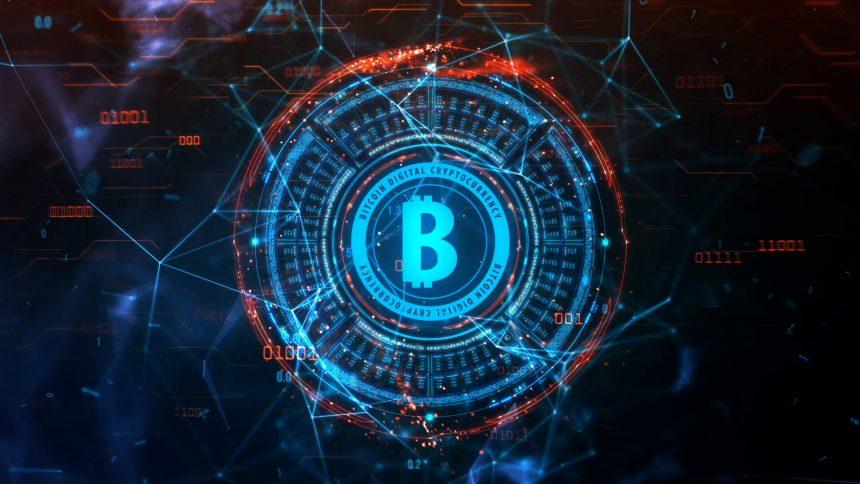In today’s digital landscape, cyber threats are becoming increasingly sophisticated and diverse, targeting a wide range of users and systems. One such threat that has emerged is NetworkChainsCoin, a malware designed to infiltrate systems and exploit resources for malicious purposes. This article delves into the intricacies of NetworkChainsCoin, its actions, consequences, detection names, and provides a comprehensive removal guide along with best practices to prevent future infections.
What is NetworkChainsCoin?
NetworkChainsCoin is a type of malware classified as a cryptocurrency miner. This form of malware infiltrates a user’s system and uses its processing power to mine cryptocurrencies without the user’s consent. The primary objective of NetworkChainsCoin is to generate revenue for the attackers by hijacking the victim’s computer resources, leading to various negative consequences.
Actions and Consequences of NetworkChainsCoin
Once NetworkChainsCoin gains access to a system, it performs several malicious actions:
- Resource Exploitation: The malware utilizes a significant portion of the system’s CPU and GPU resources to mine cryptocurrencies. This results in decreased system performance, overheating, and potentially permanent damage to hardware components.
- System Slowdown: Users may experience noticeable slowdowns in their system’s performance, affecting productivity and the overall user experience.
- Increased Power Consumption: The intensive computational activities lead to higher power consumption, resulting in increased electricity bills.
- Potential Security Risks: The presence of NetworkChainsCoin can expose the system to additional security vulnerabilities, as it may open backdoors for other malicious software.
Detection Names for NetworkChainsCoin
NetworkChainsCoin can be identified by various names across different antivirus and cybersecurity platforms. Some common detection names include:
- Trojan.CoinMiner
- Trojan.Cryptominer
- CoinMiner.NetworkChains
- Riskware.Cryptocurrency
Similar Threats
NetworkChainsCoin is not the only malware of its kind. Similar threats include:
- Coinhive: A notorious in-browser cryptocurrency miner.
- Cryptoloot: Another browser-based miner, similar to Coinhive.
- CryptoNight: A family of miners that exploit various vulnerabilities to mine Monero and other cryptocurrencies.
Comprehensive Removal Guide for NetworkChainsCoin
Removing NetworkChainsCoin involves several steps to ensure complete eradication and system recovery. Here’s a detailed guide:
Step 1: Boot into Safe Mode
- Restart your computer.
- Press F8 repeatedly before the Windows logo appears.
- Select “Safe Mode with Networking” from the Advanced Boot Options menu.
Step 2: End Malicious Processes
- Press
Ctrl + Shift + Escto open Task Manager. - Look for suspicious processes related to NetworkChainsCoin (e.g., unusually high CPU usage processes).
- Right-click on the process and select “End Task”.
Step 3: Uninstall Suspicious Programs
- Open Control Panel and navigate to “Programs and Features”.
- Look for recently installed or suspicious programs.
- Select the program and click “Uninstall”.
Step 4: Delete Temporary Files
- Press
Windows + R, type%temp%, and press Enter. - Delete all files in the temporary folder.
Step 5: Scan for Malware
- Use the built-in Windows Defender or any reputable antivirus software.
- Perform a full system scan to detect and remove remaining traces of NetworkChainsCoin.
Step 6: Check for Browser Hijackers
- Open your web browser and go to settings.
- Check for any unfamiliar extensions or add-ons and remove them.
- Reset browser settings to default.
Step 7: Clean the Registry
- Press
Windows + R, typeregedit, and press Enter. - Navigate to
HKEY_CURRENT_USER\Software,HKEY_LOCAL_MACHINE\Software, andHKEY_LOCAL_MACHINE\Software\Wow6432Node. - Look for suspicious entries related to NetworkChainsCoin and delete them.
Best Practices to Prevent Future Infections
Preventing malware infections like NetworkChainsCoin requires adopting robust cybersecurity practices. Here are some best practices:
- Regular Software Updates: Ensure your operating system, software, and antivirus programs are up to date.
- Use Strong Passwords: Implement complex passwords and change them regularly.
- Enable Firewall: Always keep your firewall enabled to block unauthorized access.
- Avoid Suspicious Links and Downloads: Be cautious about clicking on unknown links and downloading software from untrusted sources.
- Backup Data Regularly: Regular backups can help you recover data in case of an infection.
- Educate Users: Awareness and training can significantly reduce the risk of falling prey to phishing and other cyber threats.
By understanding the threat posed by NetworkChainsCoin and following the steps outlined above, you can effectively protect your system and mitigate the risk of future infections. Stay vigilant and proactive in your cybersecurity measures to maintain a secure digital environment.





